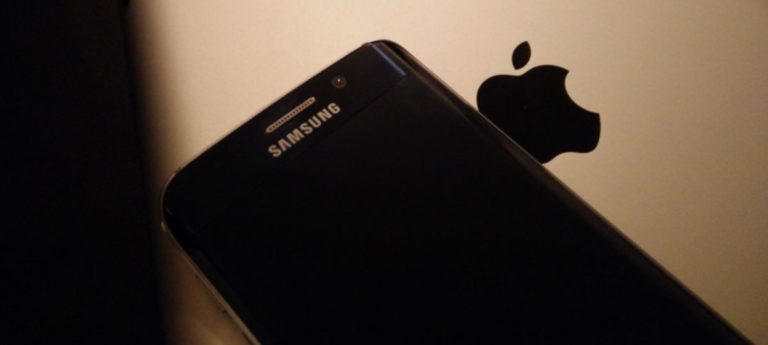

After the initial filing of witness lists just over three weeks ago, the seemingly endless legal battles between Samsung and Apple have continued, with the latter requesting that the courts order $1 billion in damages from the former. The Korean electronics giant has, of course, requested a reduction in its damages payment to around $28 million, having already paid $548 million back in 2015. This stems from a patent lawsuit launched by Apple against Samsung way back in 2011. Rather than centering around internal components or overall design, though, this case revolves around whether or not the aesthetic design of a phone is its key selling point. Samsung argues that people buy a phone for the complete package while Apple argues that the exterior design is the most important draw for consumers. However, according to some industry experts, this may not be about the finances at all.
The case is expected to pass quickly, after starting on May 15. Whichever way the jury ultimately swings, Samsung won’t necessarily be out a substantial portion of its overall money. Conversely, neither will Apple. Bearing that in mind, a victory in favor of either will almost certainly set a legal precedent, given the length of this case and the number of appeals. So it’s now been put forward that this may be the start of another series in the ongoing patent wars between Apple and Android manufacturers. Because legal precedents tend to set trends in future cases, setting one that sets design as a more important factor of smartphone sales could be more valuable to Apple in the long run. Such a ruling could be especially bad news for Android OEMs, with consideration for how many devices now feature what is often referred to as an “Apple-like notch.” It would effectively mean that more damages can be awarded based on how a smartphone looks than whatever its actual functions are or its overall design.
Samsung arguably has a more appealing stance in the case in saying that consumers are looking for a whole package instead of focusing entirely on external design. But it is also a common disparaging remark among Android users to say that the given device looks too much like whatever Apple’s latest device is. So it can be difficult to argue that aesthetic features such as the curve of bezels or the way a handset is shaped aren’t key determining factors. Whichever way you look at it, this is going to be an important case for the technology world.